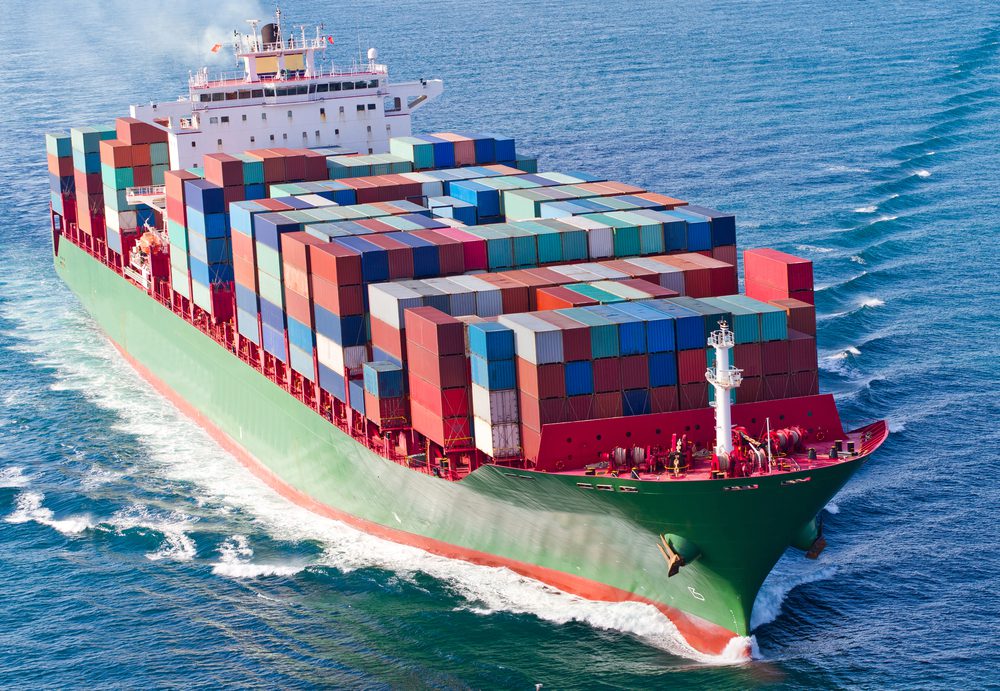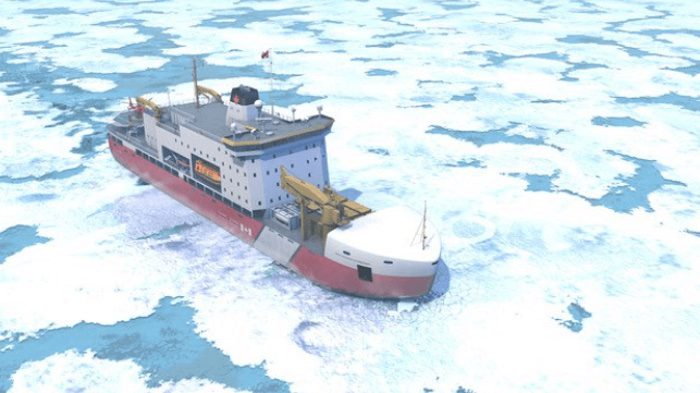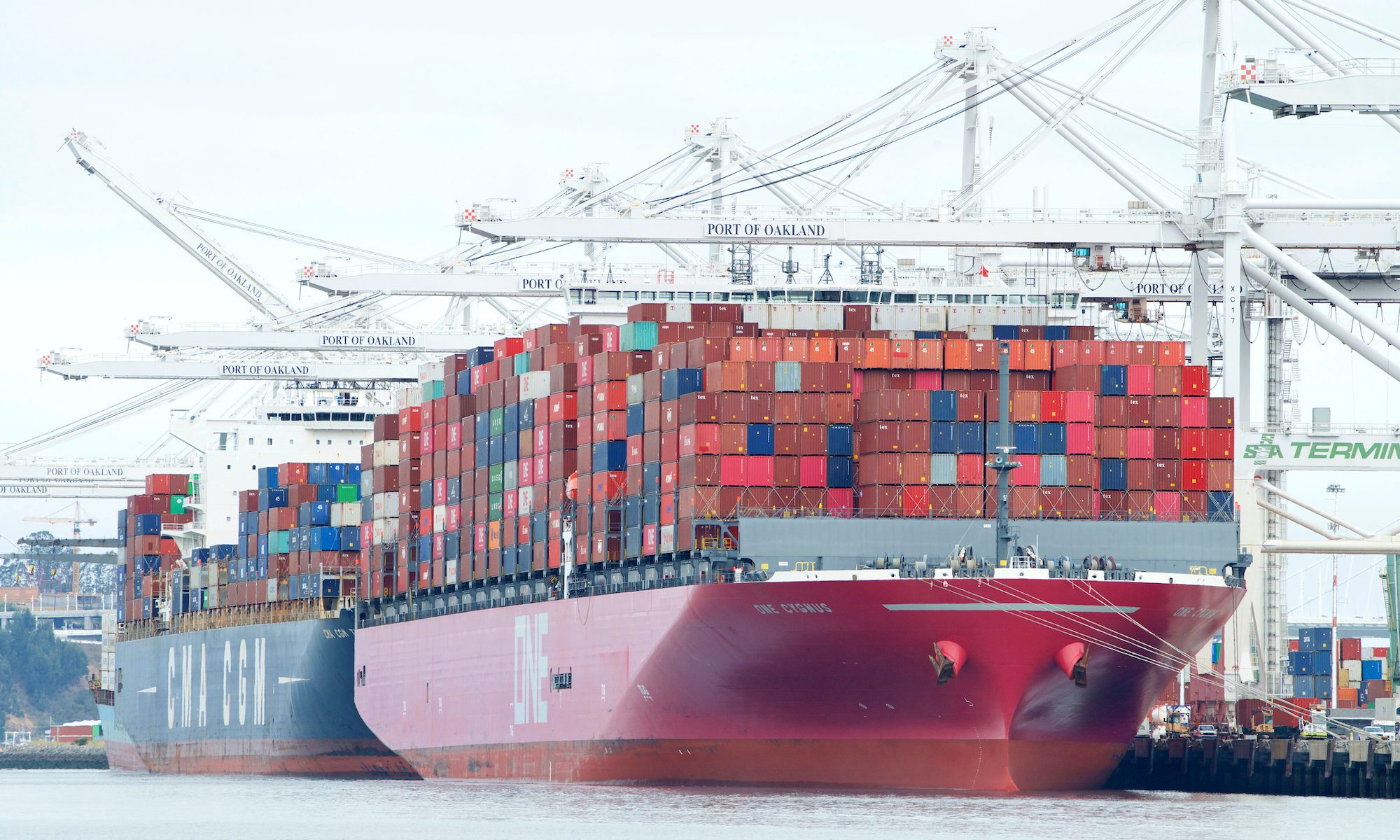Clarksons, a leading shipping consultancy, is urging its clients to reassess their decisions related to Carbon Intensity Indicator (CII) compliance and the calculation methods being used.
The operational measure, adopted by the IMO, came into effect at the start of the year and is expected to lead to a significant reduction in sailing speed for a large portion of the global fleet.
To address the inaccuracies in traditional CII methodologies, Clarksons’ Green Transition team has developed a speed-CII modeling tool which has shown that the potential for CII improvement through speed reduction can be greatly overestimated and may not necessarily enhance CII ratings.
CII is a rating system to measure the environmental efficiency of vessels and assess how much carbon dioxide (CO2) a ship emits per unit of cargo it carries over a specific distance. A lower CII rating indicates better efficiency, meaning the ship emits less CO2 for the amount of cargo it transports. The thought is that by reducing the speed of a vessel, it consumes less fuel per unit of distance traveled, resulting in a lower CII rating.
But Clarksons’ Green Transition team explains that the misconception arises from calculations based on standard speed-consumption curves, which exhibit exponential growth across the entire speed range. However, when real-world variables and ship-specific conditions are considered, the curve becomes flatter at lower speeds, says Jon Leonhardsen, lead analyst for the team.
“This means that the marginal fuel-saving for distance sailed becomes lower, and this is ultimately what matters for CII performance,” adds Kenneth Tveter, the head of the Green Transition team. “So, while some ships are needing to slow down significantly to comply, for others speed reduction isn’t viable at all and other costly measures and improvements need to be done.”
This understanding of the speed-CII relationship can create a misleading impression of a vessel’s CII and ways to improve. To address these challenges, the Green Transition team has launched a CII Assessment Modelling tool, which Clarkson’s says has proven to be up to 30% more accurate than traditional methods in predicting real-world fuel consumption and CII, particularly at lower speeds.
Kenneth Tveter concludes by emphasizing the goal of providing the industry with an accurate and dependable approach to effectively operate within CII.
“Only through clarity and standardization of approach can the industry truly start to make smarter and cleaner decisions for voyage deployment and fleet renewal strategies that will have a meaningful impact on decarbonisation goals,” he said.
Unlock Exclusive Insights Today!
Join the gCaptain Club for curated content, insider opinions, and vibrant community discussions.

 Join The Club
Join The Club













